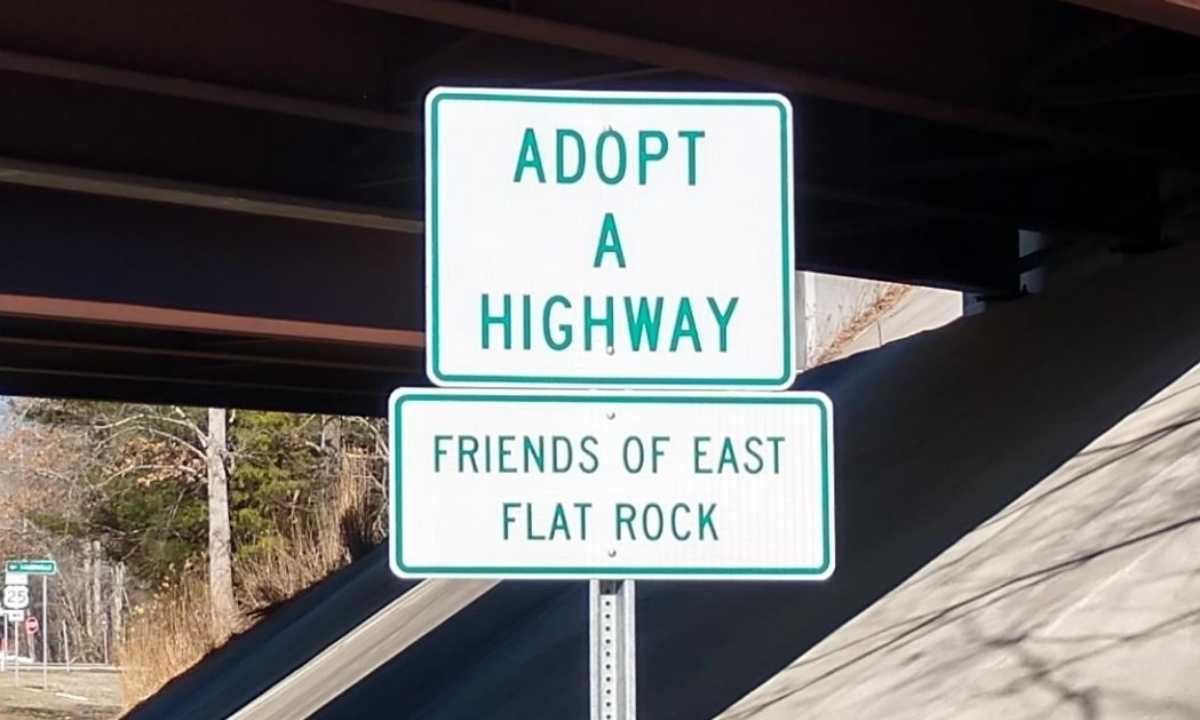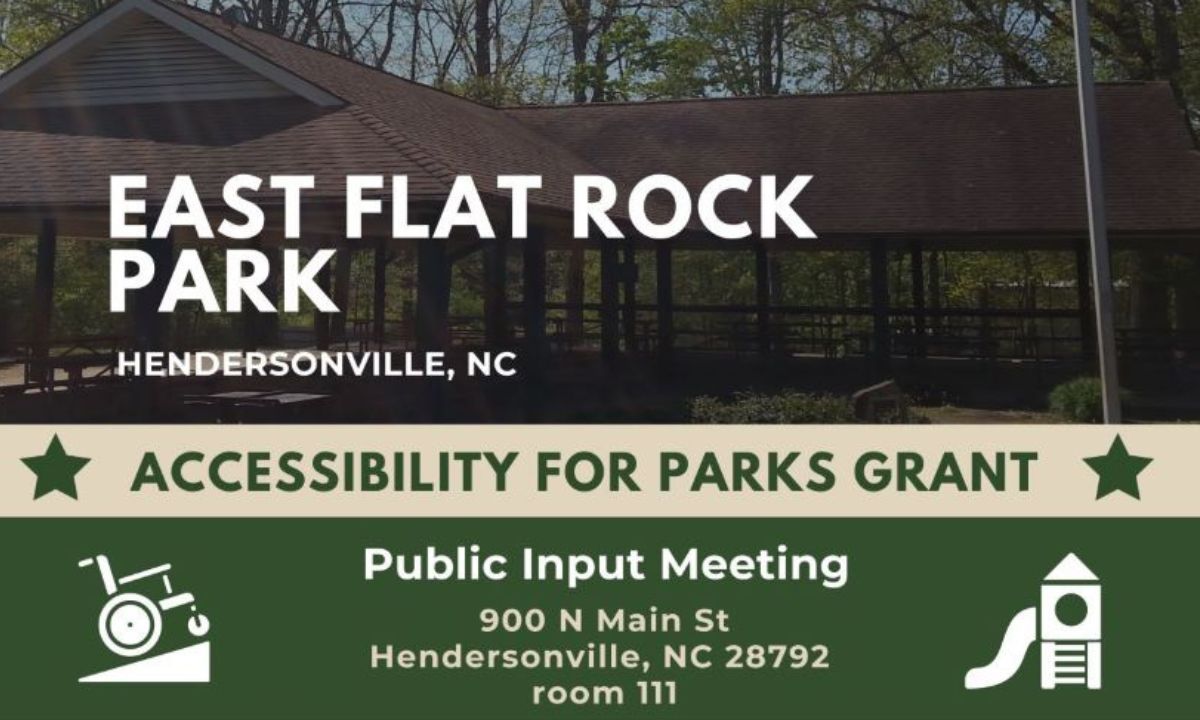On Wednesday, October 21, the Board of Commissioners will hold a public hearing on proposed changes to the Henderson County Land Development Code, three of which will make it easier to build and operate a hot mix asphalt plant on land not already zoned for industrial use.
These three amendments, proposed by the Planning Department and found on pages 6-7 of the 2020 Annual LDC Text Amendments (TX-2020-01), would clarify resubmittal requirements for conditional rezoning applications, clarify the definition of a home school, and add a definition for separation setback.
The Planning Board’s recommended changes are highlighted in red.
Clarify Resubmittal Requirements for Conditional Rezoning Applications
Summary: Conditional rezoning requests are unique site-specific applications. This amendment would clarify that conditional rezoning applications may be resubmitted and do not comply the 12-month limitation as traditional zoning map amendments.
§42-346. Ordinance Amendments (add the following language to C. (2) e. A.)
A. Resubmittal of Any Application. The Planning Board and the Commissioners will not consider an application (by a property owner or owner’s agent) when, within the previous 12 months, the map amendment request was denied by the Commissioners. This does not apply to conditional rezoning applications as these are site-specific request with a unique zoning district classification for a specific use.
This amendment will eliminate the current restriction that says an application must wait a minimum of 12 months before resubmitting a conditional rezoning application, making it easier for an applicant to reapply rapidly, restart the entire application process, and consume the time and financial resources of the county staff and the residents and business owners in communities opposing an application.
There is no rationale for treating a conditional rezoning request any differently than a normal zoning change request with respect to its resource impact and the associated waiting period if abandoned or withdrawn by the applicant or rejected by the Planning Board or Commissioners. This is especially true if a subsequent reapplication is for the same intended land use and under CZ conditions where the desired land use conflicts with the existing zoning or is associated with an intended use for which the LDC prescribes special measures due to potentially undesirable community impacts (like an asphalt plant).
The Planning Board, Commissioners, and concerned community members all expend substantial time and financial resources considering and responding to the application and the associated community response – whether for or against the request. The waiting period is an intentional and appropriate hurdle put in place to prevent frivolous applicants from repeatedly consuming Planning Board, Commissioner, and community resources for a land use requests otherwise precluded by existing zoning. Conditional rezoning requests that are obviously in the best interests of the community will no doubt be approved because the county and the community will recognize and support the value added to the community’s wellbeing and growth.
💡 When a community has made it abundantly clear they do not want a proposed rezoning for something like an asphalt plant, the county should listen to the community and ensure that conditional rezoning applicants are not given preferential treatment by eliminating the waiting periods required after rejection or withdrawal.
Clarify Definition of a Home School
Summary: Home schools are permitted in all districts and must be qualified in accordance with NCGS§115C, Article 39. Home schools typically occur in residential dwellings but can occur in multiple locations or structures (churches, community centers, etc.). Home schools are accessory uses within a principal use or structure. This amendment would codify this in the code.
School (Home). A nonpublic school in which one or more children of not more than two (2) families or households receive academic instruction from parents or legal guardians or a member of either household. Such schools must be qualified in accordance with NCGS §115C, Article 39, Part 3 (or its successor). Unless the principal use or structure is permitted as a school, for the purpose of this chapter, a home school shall be considered the same as a residential dwelling and shall meet all separation requirements as such.
Children in our community deserve to be protected.
The purpose of defining a home school is to protect children – to ensure there are not land uses in close proximity to a school environment that could do harm to children. Clarifying the Land Development Code in a way that values the protection of homeschooled children less than children attending public or private schools undermines the intent of these provisions in the LDC.
💡 Revisions to the code should seek to protect children in ALL schooling environments, especially since we are seeing an increase in homeschooling and remote learning pods because of the current pandemic. The LDC should treat ALL state-recognized school environments equally and require the same separation setbacks for recognized homeschools as would be applied to public or private school settings.
Add a Definition for Separation Setback
Summary: The supplemental requirements have separation setbacks for specific uses. The LDC has no definition for what is meant by a separation requirement or measurement for these uses. This amendment would add a definition for a separation setback.
Setback, Separation. A separation setback is measured from the boundary area identified on a site-specific plan denoting where the permitted use will occur. The separation setback is not measured from the parcel boundary unless the permitted use utilizes the entire parcel. The separation setback shall apply to the use and any structures associated with the use (this shall not include parking areas).
Residents in our community deserve to be protected.
This proposed LDC amendment would make it easier for high-impact land uses to be put next to residential homes because it reduces the amount of separation required for the special cases under which separation setbacks are established in the first place – limiting, reducing, or avoiding the impact of uses like heavy industrial plants that could be sources of noise, air, water, or land pollution on surrounding properties.
Property owners, especially residential property owners, have a legitimate expectation that they can use all of their property. Our homes do not end at our front door or our bedroom walls – we enjoy all the space on our property. We plant gardens for pleasure and food, our children and pets play in the yard, and our meals are shared with family, friends, and neighbors in the outdoor spaces surrounding our homes. To define the separation requirement to be building to building is disadvantageous to the use of property by residential property owners and ignores the reality of how we view our homes.
Similarly, high-impact land uses don’t cease to have impact at the edges of the buildings and process equipment sitting on a parcel. Noise, fumes, runoff, traffic, and visual impacts do not necessarily stay within the boundaries of the equipment or the parcel property lines. Definitions and interpretations of the LDC should err on the side of conservatism and respect for the existing property owners impacted by a proposed land use, especially when the proposed land use is inconsistent with the current zoning and planned land use.
💡 Instead of relaxing the requirements through a more limiting definition of how setbacks are determined, Henderson County’s LDC should clarify separation setback as measured from the parcel boundary of the property being developed to the parcel boundary of adjacent properties.
💥 TAKE ACTION: Attend in person or write a letter in opposition to changes that favor asphalt plants over citizens.
The Board of Commissioners will hold a public hearing on the proposed Land Development Code Text Amendments (TX- 2020-01) during their regularly scheduled meeting on Wednesday, October 21, 2020 at 9:30 am in the Historic Courthouse on Main Street, Hendersonville, NC. The Board will receive public comment. The signup sheet will be available at the front of the Boardroom.
👉🏻 Emails intending to act as public input must be addressed to input@hendersoncountync.gov, must have a subject line reading “October 21, 2020 public comment”, must be signed, and must be received at that address by not later than 5:00 p.m. on October 20, 2020.



I knew something was up when they were developing the property, driveway and clearing trees. Wonder if they got a permit for that. Ridiculous!
The home school issue weighed heavy on the minds of the commissioners. If they change this code it will lift that burden.
It is obvious to me that they are making these changes to accommodate the asphalt plant.
I think it would be best to have a large turnout at this hearing and our attorney should be present.
Thank you for this clarification, Shannon. This has happened quickly. Our focus and the focus of our elected officials must be for the good of our community, the well being of our citizens and the orderly preservation of our land. These proposed Amendments do not carry the concern for people nor the land. These amendments appear to privilege one person, Mr Shipman and his desire to rezone residential commercial into industrial property. This must be opposed. Our beloved people and our beloved land deserve our focused energy not the singular economic profits of one individual. With due respect to our county Comissioners their position regarding this matter needs to be made with the highest of ethical Standards and with Clear wisdom on behalf of our people. They are our elected officials. They are guardians of our future. These and dementia must be opposed. The rezoning request must be opposed.